Human Respiratory

How does climate change affect human health ?
Climate change affects human health in numerous ways, including increased risk of extreme weather events like heatwaves, floods, and hurricanes that can lead to dehydration, injuries, and displacement. Changes in disease vectors due to warmer temperatures allow the spread of mosquito-borne and tick-borne diseases. Longer growing seasons result in higher pollen counts, worsening allergies, while wildfires and dust storms reduce air quality causing respiratory issues. Food security is also affected as droughts and extreme temperatures can lead to crop failures and malnutrition. Mental health impacts include stress and anxiety from disaster-related trauma and economic stress. Addressing this challenge requires adaptation strategies, mitigation efforts, and public health preparedness.
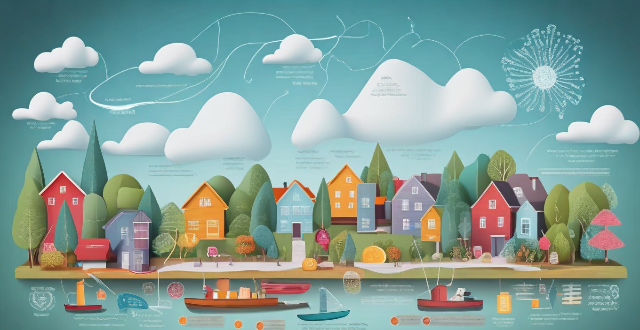
How do climate losses and damages impact human health ?
This article discusses the impact of climate change on human health, highlighting various ways in which climate losses and damages can affect well-being. It covers topics such as extreme weather events causing physical injuries and illnesses, worsening air quality leading to respiratory problems, food insecurity resulting in malnutrition, increased waterborne diseases due to warmer water sources, and mental health issues arising from displacement and migration. The article emphasizes the need for a comprehensive approach to address these challenges, including mitigating greenhouse gas emissions, adapting to changing conditions, and providing support for vulnerable populations.
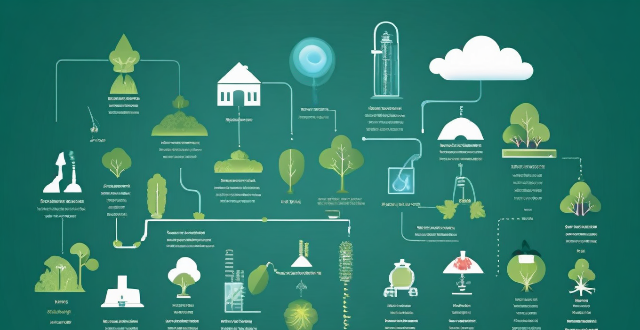
How do greenhouse gas emissions affect human health ?
The text discusses the significant impact of greenhouse gas emissions on human health, highlighting four main areas: air quality, climate change, food security, and waterborne diseases. It provides examples of health problems caused by each of these factors, such as respiratory issues from poor air quality, heat-related illnesses from climate change, malnutrition from food insecurity, and diseases like cholera from waterborne pathogens. The article emphasizes the importance of reducing greenhouse gas emissions to protect public health.

How can we ensure that climate action is consistent with human rights ?
To ensure that climate action is consistent with human rights, we need to adopt a holistic approach that takes into account the social, economic, and environmental dimensions of sustainability. Some strategies include recognizing the interdependence between climate action and human rights, integrating human rights into climate policy, ensuring transparency and accountability, promoting participatory democracy, strengthening legal frameworks, and building capacity and providing support to vulnerable populations. By doing so, we can create a more equitable and just world for all.

What are the harmful effects of chemicals on human health ?
Chemicals can have harmful effects on human health, affecting various systems in the body. Short-term exposure to chemicals can cause irritation of the respiratory system, increased heart rate and blood pressure, headaches, dizziness, and confusion. Long-term exposure to chemicals can lead to chronic bronchitis, emphysema, lung cancer, coronary artery disease, heart failure, stroke, neurological disorders, memory loss, and mood disorders. It is essential to be aware of the potential harmful effects of chemicals and take necessary precautions to protect our health.

What are the legal frameworks for addressing climate change and human rights ?
The text discusses the various legal frameworks that exist to address climate change and human rights, including international agreements, national laws, and regional regulations. It highlights the importance of a multifaceted approach to tackle this complex issue and emphasizes the need to protect vulnerable communities' rights in the process. The text also provides examples of specific initiatives taken by different entities such as the United Nations, the United States, the European Union, the African Union, and the Association of Southeast Asian Nations. Overall, the text suggests that by working together at these different levels, we can create a more equitable and sustainable future for all.

Can climate change be considered a human rights issue ?
The text discusses the impact of climate change on human rights, focusing on health and safety, access to resources, displacement and migration, and intersectionality. It argues that climate change can be considered a human rights issue because it has the potential to violate several fundamental rights enshrined in international law. The text concludes that addressing climate change is crucial for protecting and promoting human rights globally.

Can AI replace human decision-making in complex situations ?
Artificial intelligence (AI) has made significant strides in recent years, leading to discussions about its potential to replace human decision-making in complex situations. While AI possesses certain advantages, such as speed and accuracy, it still faces limitations that prevent it from fully replacing humans in decision-making processes. Advantages of AI in decision-making include speed and efficiency, accuracy and consistency, and scalability. However, AI also has limitations such as lack of creativity, ethical considerations, and interpretability. Examples of complex situations where AI may not replace human decision-making include medical diagnosis, legal judgments, and business strategy. In conclusion, while AI has the potential to assist humans in decision-making processes, it cannot fully replace them in complex situations. The combination of AI's analytical capabilities and human creativity, ethics, and intuition will likely lead to better outcomes in these scenarios.

Is the greenhouse effect a natural phenomenon or human-induced ?
The greenhouse effect is a natural process that helps maintain Earth's climate, but human activities have significantly increased greenhouse gas concentrations, leading to an enhanced or "human-induced" effect. This has resulted in global warming and other environmental issues, such as rising sea levels, extreme weather events, and ocean acidification.

What are the responsibilities of governments in addressing climate change and protecting human rights ?
Governments worldwide have a crucial role in addressing climate change and protecting human rights. Their responsibilities include legislation, public awareness, research, international cooperation, adaptation measures, protection of human rights, alignment with Sustainable Development Goals, and monitoring progress. By taking proactive steps in these areas, governments can create a sustainable future for all citizens while respecting their fundamental rights.
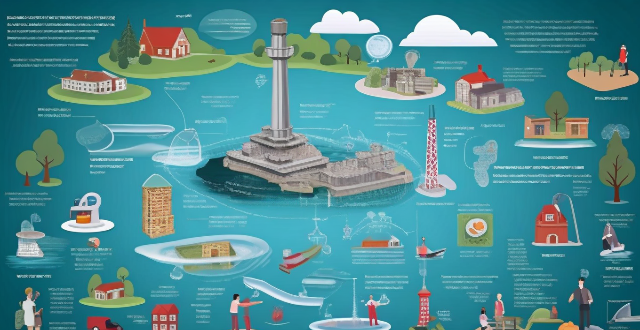
What are the ethical implications of climate change on human rights ?
Climate change affects the fundamental rights of individuals and communities worldwide through its impacts on health, food security, water access, and displacement. Rising temperatures and extreme weather events can lead to an increase in heat-related illnesses, respiratory problems, and infectious diseases, as well as exacerbate existing health disparities. Changes in temperature and precipitation patterns can disrupt agricultural production, leading to crop failures and reduced yields, resulting in food shortages, increased prices, and malnutrition. Climate change poses significant threats to water availability and quality, with rising temperatures leading to increased evaporation rates, droughts, and water scarcity. Displacement due to rising sea levels, flooding, and other environmental factors can result in loss of homes, livelihoods, and social networks, as well as increased vulnerability to violence and exploitation. It is imperative that governments, international organizations, and individuals take urgent action to mitigate the effects of climate change and protect the fundamental rights of all people, prioritizing the needs of vulnerable populations.

How do pets, especially dogs and cats, influence human sleep ?
Pets, particularly dogs and cats, can significantly impact human sleep. They can enhance feelings of safety and comfort, reduce stress and anxiety, and provide social support, leading to better sleep quality. However, they may also cause disruptions during the night, trigger allergies or respiratory issues, and affect temperature regulation, negatively impacting sleep. To manage these effects, pet owners should establish separate sleeping areas, maintain consistent routines, address health issues, consider allergy treatments, and adapt to their pets' needs.
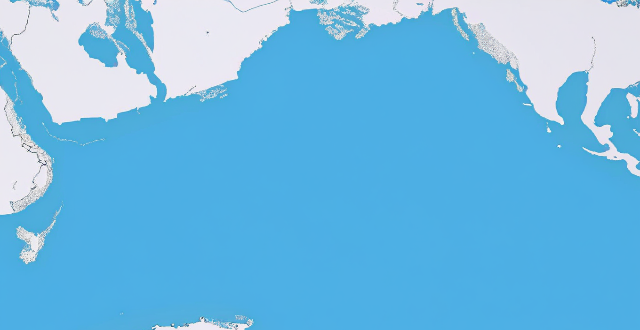
How might global warming influence future patterns of human migration ?
Global warming is poised to significantly influence future patterns of human migration through various channels, including sea level rise, changes in agricultural zones, extreme weather events, economic impacts, health considerations, and social and political factors. These changes will contribute to shifts in where and how humans choose to live, forcing coastal communities to relocate, increasing the risk of flooding in currently habitable areas, movement away from regions that become too hot or dry for farming, shifts toward more favorable climates for growing crops, increased frequency and intensity of extreme weather events, decline in traditional industries like fishing or agriculture in certain regions due to changing conditions, growth in new industries related to renewable energy or climate adaptation in other areas attracting workers, spread of diseases like malaria and dengue fever to new regions as the organisms that carry them move into warmer areas making some areas less hospitable for human habitation due to heat-related illnesses becoming more common, conflicts over resources like water and arable land which may be exacerbated by climate change, and government policies on resettlement and climate adaptation measures that could either facilitate or hinder migration.

What are the impacts of climate change on human health ?
Climate change affects human health in various ways, including increased heat-related illnesses, extreme weather events, changes in disease patterns, food and water security issues, and mental health impacts. It is important to take action to mitigate these effects and protect public health.

Is climate variability increasing due to human activities, such as greenhouse gas emissions ?
The text discusses the topic of whether climate variability is increasing due to human activities, especially greenhouse gas emissions. It explains that climate variability refers to the range of weather conditions in a region and that natural factors can influence it. However, the focus is on the role of human activities, such as burning fossil fuels for energy, deforestation, and industrial processes, which have led to a significant increase in greenhouse gas emissions. These emissions trap heat in the Earth's atmosphere, causing a warming effect known as the greenhouse effect. The text then explains that the increase in greenhouse gas concentrations has several effects on climate variability, including changes in temperature, precipitation patterns, sea level rise, and extreme weather events. It also mentions that there is a scientific consensus that human activities are the primary driver of recent climate change. In conclusion, the text states that climate variability is indeed increasing due to human activities, particularly greenhouse gas emissions, and that global efforts to reduce these emissions and mitigate the impacts of climate change are crucial.
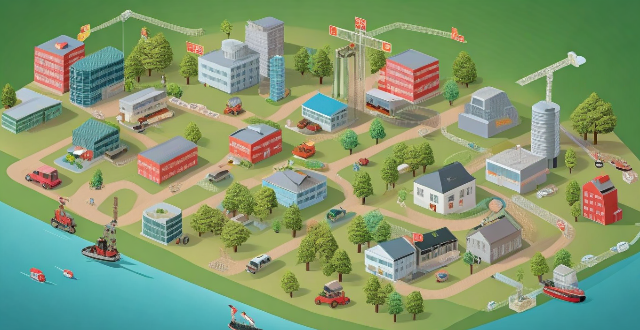
How can we balance economic development with climate action and human rights protection ?
Balancing economic development with climate action and human rights protection requires prioritizing sustainable development, integrating climate action into economic planning, protecting human rights, and collaborating across sectors. Governments and businesses should adopt policies and practices that promote renewable energy sources, reduce greenhouse gas emissions, encourage investment in green technologies, support small-scale farmers, promote fair trade practices, develop national climate plans, invest in research and development of new technologies, provide incentives for eco-friendly behaviors, ensure equal access to education, healthcare, and other basic services, protect the rights of marginalized communities, promote gender equality, enforce laws that protect workers' rights, establish cross-sectoral partnerships, encourage dialogue and consultation between stakeholders, support local initiatives, and encourage international cooperation.

How does aerobic exercise impact lung capacity and function ?
Aerobic exercise can increase lung capacity and improve lung function by strengthening the muscles used for breathing, stimulating the respiratory system, and increasing gas exchange efficiency. Regular aerobic exercise can also reduce the risk of respiratory diseases, improve immune function, and reduce inflammation in the airways.

How effective are current policies in preventing human trafficking, especially affecting women and girls ?
This text discusses the effectiveness of current policies in preventing human trafficking, focusing on international cooperation, legal measures, public awareness campaigns, protection and support services, economic development initiatives, and technology and innovation. It highlights that while these policies have made strides in raising awareness and strengthening legal frameworks against human trafficking, particularly affecting women and girls, there is still much work to be done. The complexity of the issue demands a multifaceted approach that combines law enforcement with social services, international cooperation with grassroots action, and traditional methods with innovative solutions. Continuous evaluation and adaptation of these policies are necessary to ensure they remain effective in protecting vulnerable populations from this grave violation of human rights.

Why is it important to address violence against women as a human rights issue ?
Violence against women is a widespread problem that violates basic human rights and has far-reaching consequences for individuals, families, communities, and society at large. Addressing violence against women as a human rights issue is essential for upholding these basic rights, promoting gender equality, breaking the cycle of poverty and marginalization, and fulfilling our legal obligations under international law. By raising awareness about this issue and working towards creating a world where all individuals can live free from fear and violence, we can help create a more equitable and just society for all.

What are the symptoms of COVID-19 ?
COVID-19 is a respiratory illness caused by the SARS-CoV-2 virus. The symptoms of COVID-19 can vary from person to person, but some common symptoms include fever or chills, cough, shortness of breath or difficulty breathing, fatigue or tiredness, muscle or body aches, loss of taste or smell, sore throat, runny nose or congestion, nausea or vomiting, diarrhea, chest pain or pressure, headache, dizziness or lightheadedness, chills and sweats, body aches and pains, red eyes or conjunctivitis (pink eye), skin rash or discoloration (in severe cases), neurological symptoms such as confusion, loss of consciousness, seizures, or paralysis (in severe cases), respiratory distress or difficulty breathing (in severe cases), and death in severe cases (usually due to complications such as pneumonia, acute respiratory distress syndrome (ARDS), multi-organ failure, or cardiac arrest).
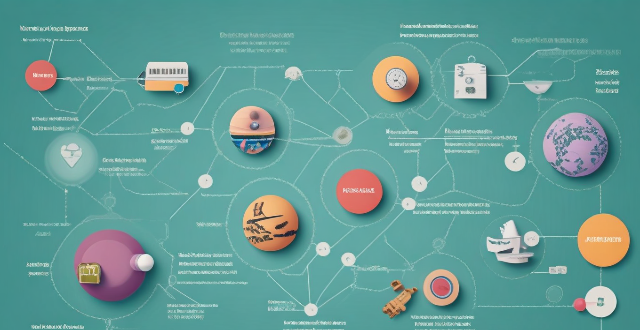
Is there a risk that AI could replace human referees or umpires in sports ?
The article discusses the potential risks and benefits of using Artificial Intelligence (AI) in sports officiating. The benefits include improved accuracy, increased efficiency, and consistency across games. However, there are also risks such as lack of human judgment, cost and accessibility, and potential for bias. It is important to address these risks and ensure that AI systems complement rather than replace human referees or umpires.

What are the implications of climate variability for human health ?
Climate variability significantly affects human health through direct and indirect effects. Direct effects include extreme weather events like heatwaves, cold spells, intense rainfall, storms, hurricanes, wildfires, and ozone layer depletion, which can lead to various health issues. Indirect effects involve waterborne diseases, food security problems due to changes in crop yields and pest spread, and mental health issues related to displacement and economic stress. Mitigating climate change and adapting to its impacts are crucial for protecting public health.

How do scientists use climate models to study the impact of human activities on the environment ?
Climate models are mathematical tools used to simulate the Earth's climate system and study the impact of human activities on the environment. The process involves data collection, model construction, scenario analysis, prediction and projection, and continuous validation and refinement. These models help policymakers make informed decisions about reducing greenhouse gas emissions and adapting to climate change.
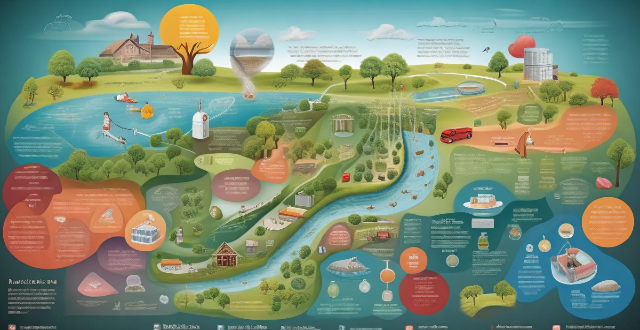
How does climate data analysis aid in understanding the impact of human activities on the environment ?
Climate data analysis aids in understanding the impact of human activities on the environment by identifying climate change indicators, analyzing atmospheric composition, monitoring land use changes, assessing water resources, and evaluating energy consumption. By collecting and analyzing various types of climate data, scientists can identify patterns and trends that help them understand how human activities are affecting the planet. This information is critical for developing strategies to mitigate the negative impacts of human activities on the environment and promote sustainable development.

In what ways do extreme weather events influence human behavior and psychological well-being ?
Extreme weather events, such as hurricanes, floods, heatwaves, and droughts, have significant impacts on human behavior and psychological well-being. These effects can be seen in various aspects of life, including physical health, mental health, social interactions, and economic stability. The physical health impacts include increased risk of injury or death, exacerbation of chronic conditions, and spread of disease. The mental health impacts include acute stress reaction, post-traumatic stress disorder (PTSD), grief and loss. The social interactions impacts include community cohesion and disruption of social networks. The economic stability impacts include financial strain and job loss and unemployment. In conclusion, extreme weather events have far-reaching impacts on human behavior and psychological well-being that extend beyond the initial incident itself. Addressing these challenges requires comprehensive strategies that consider both short-term relief efforts and long-term resilience building measures aimed at enhancing individual, community, and societal adaptive capacities.